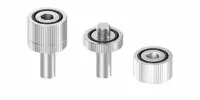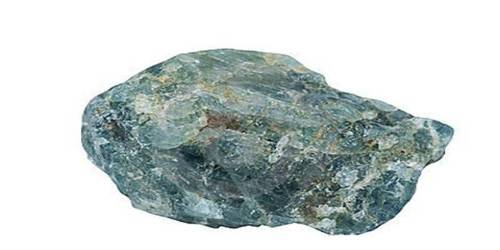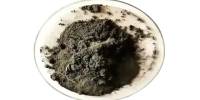Modern electronics are powered by lithium-ion batteries, and fuel cells offer a promising option for sources of sustainable energy. The dispersibility of carbon slurries, suspensions comprised of conductive carbon particles distributed in a solvent, is a significant issue impacting the performance of both lithium-ion batteries and fuel cells.
To create electrodes in large quantities, they are simply coated on a metal collector. But to guarantee dependable battery functioning, the carbon particles in the slurry must be uniformly scattered.
However, it is incredibly challenging to assess the dispersibility of thick slurries with high particle concentrations. The abundance of particles makes it impossible to use direct spectroscopic methods to look within the slurries’ internal structure.
Additionally, there are no techniques for assessing how well slurries disperse and conduct electricity in response to shear stress that is delivered during the coating process.
Against this backdrop, a research team led by Associate Professor Isao Shitanda from Tokyo University of Science (TUS) in Japan developed a novel technique to estimate the dispersibility of carbon slurries.
Their latest study, published online in ACS Applied Electronic Materials on 1 August 2023, is co-authored by Dr. Yoshifumi Yamagata from Anton Paar Japan K. K. and Dr. Shingo Niinobe from Shin-Etsu Chemical Co., Ltd.
The researchers combined a rheometer a scientific instrument for measuring the flow/deformation behavior of fluids in response to applied stress with a spectroscopy setup to measure the electrochemical impedance of acetylene black slurries with methylcellulose (a cellulose-derived compound used as a thickener and emulsifier in food and cosmetic products, as a bulk-forming laxative and as eye/ear drops) as a dispersant.
The insights from this study could prove useful for improving the efficiency of large-scale electrode manufacturing processes in which the internal structure of the slurry must be carefully controlled.
Professor Isao Shitanda
To get the rheo-impedance spectra, which offer details about the internal structure of carbon particles in a slurry, they conducted experiments under the effect of shear stress at various frequencies. They found it interesting that for a carbon slurry with strong dispersibility, the impedance spectra did not change significantly under applied shear force.
The group also created an equivalent circuit model with three different contact resistances and capacitances: those between acetylene black particles, those of the bulk of the particles, and those resulting from the layout of the measuring apparatus. Acetylene black’s bulk resistance was independent of shear rate but reduced as methylcellulose concentration was raised.
A partial breakdown of the carbon-carbon network and the declining conductivity with increasing shear rate were both suggested as explanations for why the resistance measured at each methylcellulose concentration increased with the shear rate.
Together, these results thus show that it is possible to evaluate the dispersibility of electrode slurries based on a combination of viscosity (measured with the rheometer) and electrochemical impedance measurements.
Excited about the potential of their new methodology, Dr. Shitanda remarks: “The insights from this study could prove useful for improving the efficiency of large-scale electrode manufacturing processes in which the internal structure of the slurry must be carefully controlled.”
Higher dispersibility slurries could result in better functional materials and improved lithium-ion battery performance. Through the promotion of applications for solar energy, fuel cells, and electric cars, these would make important contributions to the construction of a society that is carbon neutral and sustainable.
“The proposed method can be used to evaluate the dispersibility of not just carbon dispersions, but a wide variety of slurries. In future studies, we plan to conduct further measurements and equivalent circuit verifications by changing the particle type and binder combinations,” concludes Dr. Shitanda.
We can only hope that this research will help us make better slurries, opening the door to more environmentally friendly solutions for electric cars, energy storage devices, and next-generation electronics!
















